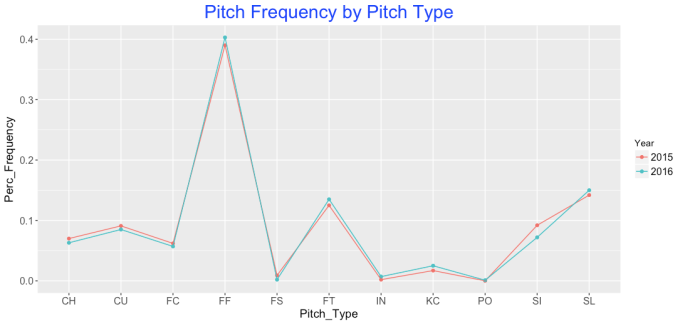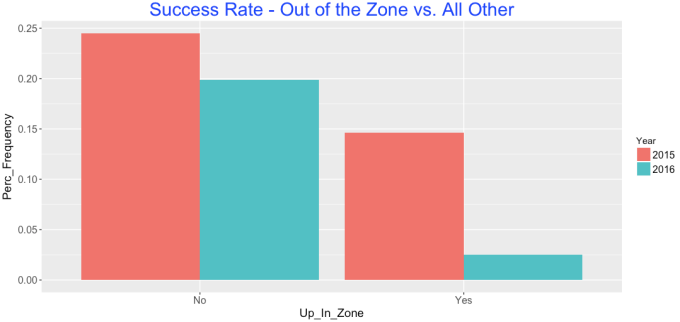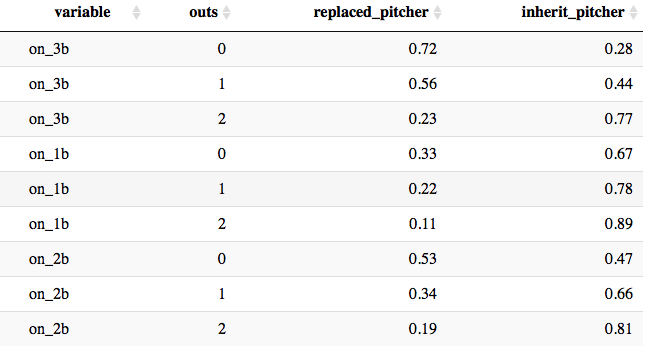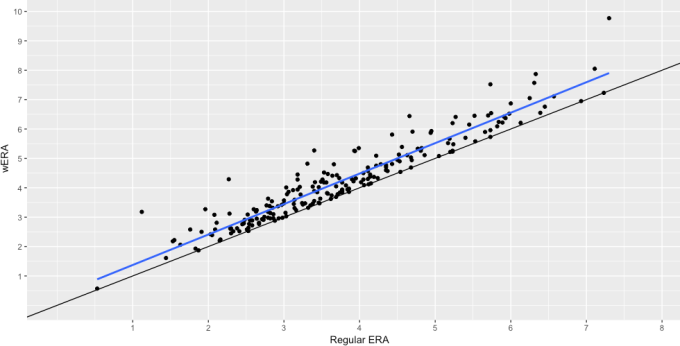Derek Norris, 2016 — A Season to Forget
While it may not be the most exciting Nationals story of the offseason, Wilson Ramos signing with the Rays and the subsequent trade for Derek Norris to replace him is a very big change for the Nats. Prior to tearing his ACL in September, Ramos was having an incredible 2016, and he really carried the Nationals offense through the first part of the year (with the help of Daniel Murphy, of course) when Harper was scuffling and Anthony Rendon was still working back from last season’s injury. Given Ramos’ injury history it makes sense to let him walk, but Nationals fans have reasons to be concerned about Norris.
After a few seasons of modest success, including an All-Star appearance in 2014, Norris batted well under the Mendoza line (.186) in 2016 with a significant increase in strikeout rate. What was the cause for this precipitous decline? Others have dug into this lost season as well, and this article will focus on using PitchFx pitch-by-pitch data through the pitchRx package in R as well as Statcast batted-ball data manually downloaded into CSV files from baseballsavant.com, and then loaded into R. Note that the Statcast data has some missing values so it is not comprehensive, but it still tells enough to paint a meaningful story.
To start, Norris’ strikeout rate increased from 24% in 2015 to 30% in 2016, but that’s not the entire story. Norris’ BABIP dropped from .310 in 2015 to .238 in 2016 as well, but his ISO stayed relatively flat (.153 in 2015 vs. .142 in 2016). Given the randomness that can be associated with BABIP, this could be good new for Nats fans, but upon further investigation there’s reason to believe this drop was not an aberration.
Using the batted-ball Statcast data, it doesn’t appear that Norris is making weaker contact, at least from a velocity standpoint (chart shows values in MPH):

Distance, on the other hand, does show a noticeable difference (chart shows values in feet):

So Norris is hitting the ball further in 2016, but to less success, which translates to lazy fly balls. This is borne out by the angle of balls he put in play in 2015 vs. 2016 (values represent the vertical angle of the ball at contact).

The shifts in distance & angle year over year are both statistically significant (velocity is not), indicating these are meaningful changes, and they appear to be caused at least in part by the way pitchers are attacking Norris.
Switching to the PitchFx data, it appears pitchers have begun attacking Norris up and out of the zone more in 2016. The below chart shows the percentage frequency of all pitches thrown to Derek Norris in 2015 & 2016 based on pitch location. Norris has seen a noticeable increase in pitches in Zones 11 & 12, which are up and out of the strike zone.

Norris has also seen a corresponding jump in fastballs, which makes sense given this changing location. This shift isn’t as noticeable as location, but Norris has seen fewer change-ups (CH) and sinkers (SI) and an increase in two-seam (FT) & four-seam fastballs (FF).

The net results from this are striking. The below chart shows Norris’ “success” rate for pitches in Zones 11 & 12 (Represented by “Yes” values, bars on the right below) compared to all other zones for only outcome pitches, or the last pitch of a given at-bat. In this case success is defined by getting a hit of any kind, and a failure is any non-productive out (so, excluding sacrifices). All other plate appearances were excluded.

While Norris was less effective overall in 2016, the drop in effectiveness on zone 11 and 12 pitches is extremely noticeable. Looking at the raw numbers makes this even more dramatic:
2015 2016


So not only did more at-bats end with pitches in zones 11 and 12; Norris ended up a shocking 2-for-81 in these situations in 2016.
In short, Norris should expect a steady stream of fastballs up in the zone in 2016, and if he can’t figure out how to handle them, the Nationals may seriously regret handing him the keys to the catcher position in 2016.
All code can be found at the following location : https://github.com/WesleyPasfield/Baseball/blob/master/DerekNorris.R
 Let’s take a look at the 2016 season, and see which starting and relief pitchers would be least and most affected by this version of the ERA calculation (note: only showing starters with at least 100 IP, and relievers with over 30 IP).
Let’s take a look at the 2016 season, and see which starting and relief pitchers would be least and most affected by this version of the ERA calculation (note: only showing starters with at least 100 IP, and relievers with over 30 IP).

